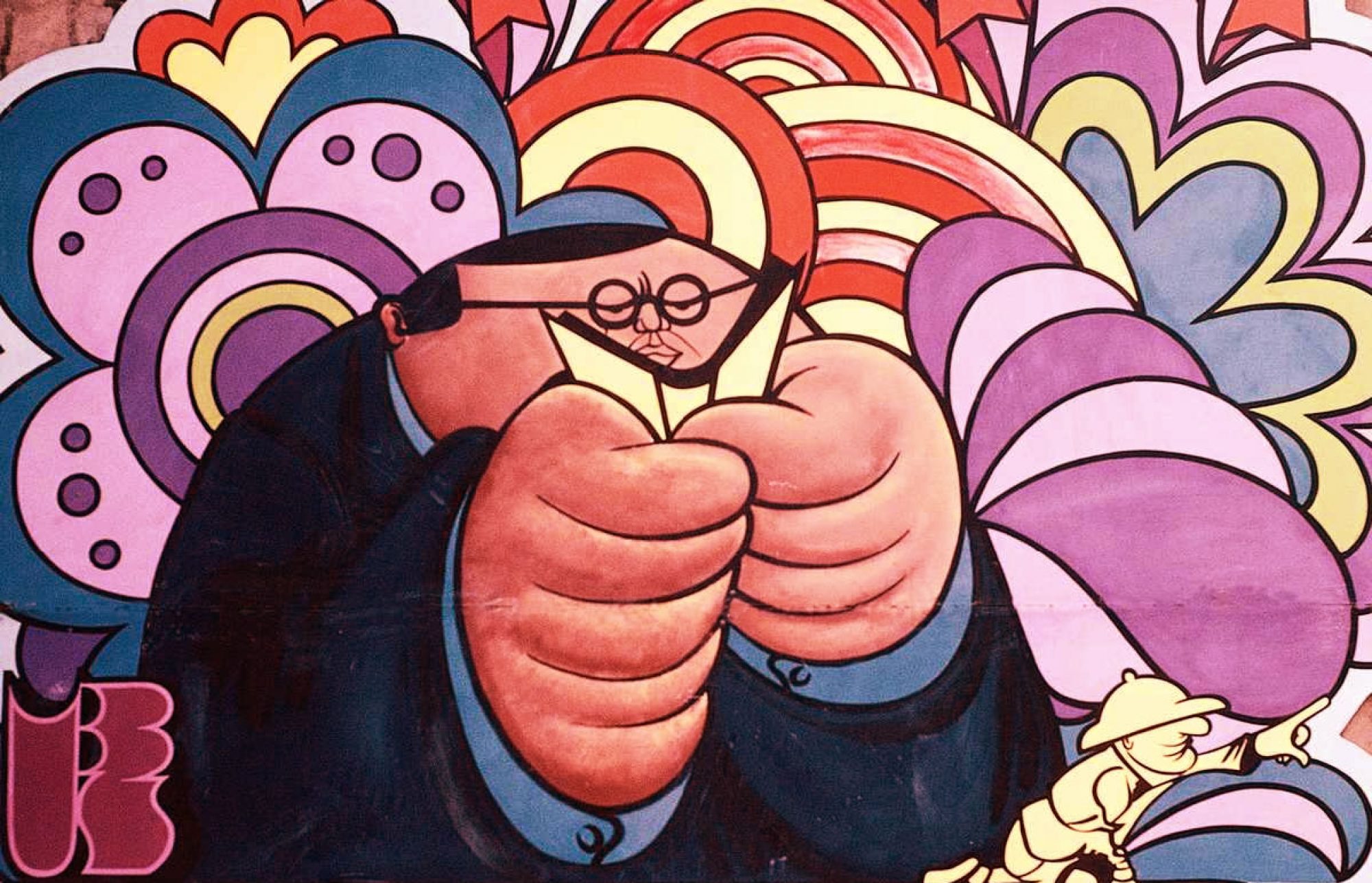The Septembers Of Shiraz, by Dalia Sofer
A History Of The Modern Middle East 4th Ed,William L Cleveland And Martin Bunton
This comprehensive work provides a penetrating analysis of modern Middle Eastern history, from the Ottoman and Egyptian reforms, through the challenge of Western imperialism, to the American invasion of Iraq and Iran’s new influence in the region. After introducing the reader to the region’s history from the origins of Islam in the seventh century, A History of the Modern Middle East focuses on the past two centuries of profound and often dramatic change. Although built around a framework of political history, the book also carefully integrates social, cultural, and economic developments into a single, expertly crafted account. In updating this fourth edition of the late William Cleveland’s popular introductory text, Martin Bunton addresses recent transformative developments in the Middle East, charting the decline in the peace prospects between Israelis and Palestinians, elaborating upon the resurgence of Islam, and devoting a new chapter to “America’s Troubled Moment in the Middle East,” which details the aftermath of the Iraq war and Iran’s nuclear ambitions.
( from the sleeve, 618 pages )
ISBN 978-0-8133-4374-7
Slaughterhouse, Bosnia and the failure of the west by David Rieff
In a shocking and deeply disturbing tour de force, David Rieff, reporting from the Bosnia war zone and from Western capitals and United Nations headquarters, indicts the West and the United Nations for standing by and doing nothing to stop the genocide of the Bosnian Muslims. Slaughterhouse is the definitive explanation of a war that will be remembered as the greatest failure of Western diplomacy since the 1930s. Bosnia was more than a human tragedy. It was the emblem of the international community’s failure and confusion in the post-Cold War era. In Bosnia, genocide and ethnic fascism reappeared in Europe for the first time in fifty years. But there was no will to confront them, either on the part of the United States, Western Europe, or the United Nations, for which the Bosnian experience was as catastrophic and demoralizing as Vietnam was for the United States. It is the failure and its implications that Rieff anatomizes in this unforgiving account of a war that might have been prevented and could have been stopped.
( from the sleeve )
The Fracture Zone, My Return To The Balkans by Simon Winchester
Award-winning journalist and author Simon Winchester takes readers on a personal tour of the Balkans. Combining history and interviews with the people who live there, Winchester offers a fascinating glimpse into the complex issues at work in this chaotic region. Unrest in the Balkans has gone on for centuries. A seasoned reporter, Winchester visited the region twenty years ago. When Kosovo reached crisis level in 1997, Winchester thought a return visit to the beleaguered area would help to make sense out of the awful violence. He decided to use Vienna and Istanbul, two great cities whose rivalries helped create the dynamics at work today, as the beginning and end points of his trip. Not specifically a book about war, it is more a portrait of a place and its people in turmoil. Simon Winchester offers an insightful look at a little understood conflict.
( courtesy of Lucio Trimble )
Return With Honor, Captain Scott O’Grady with Jeff Coplon
Sarajevo, A War Journal by Zlatko Dizdarevic
Originally written as columns for a Croatian newspaper, Sarajevo vividly describes a life in which unspeakable horrors are daily occurrences. While witnessing the gradual destruction of his city, Dizdarevic emphasizes the heroism of Sarajevo’s citizens as they try to survive.
( from the sleeve )
Sarajevo Daily, A City And Its Newspaper Under Siege by Tom Gjelten
The Sarajevo newspaper Oslobodjenje managed to publish daily throughout the first two years of the Bosnian Serb siege despite intermittent lack of electricity, water and fuel–not to mention the incessant bombardment and sniper fire that accounted for some 6000 deaths in the city in 1992-1993. Artillery shells tore the newspaper building apart floor by floor until it collapsed; the staff then moved to underground rooms originally intended as atomic bomb shelters. Gjelten’s account of Oslobodjenje’s fight to stay alive is a perfect metaphor of the struggle of a sophisticated European city to retain its multiethnic character even as it is being turned into “a great prison, a place of torture and deprivation.” The newspaper’s staff represents a genuinely multicultural model of life and work, demonstrating that it was still possible to work together in harmony. Gjelten, who won the George Polk Award for excellence in overseas reporting, has covered the war in the former Yugoslavia for National Public Radio since 1991.
( By Tom Gjelten, Author, T. Sjelten, Author)
INAT, Images Of Serbia & The Kosovo Conflict by Scott Taylor
For 25 days in May and June 1999, Scott Taylor reported on the NATO air campaign from inside Yugoslavia. As one of the few western journalists to be granted such access, Taylor was able to gain a unique perspective to the Kosovo conflict — the Serbian side. He returned in November 1999 to do a follow-up study on the war’s aftermath.Through Taylor’s observations, INAT covers the zenith of the NATO air raids: the on-again, off-again peace talks, Russia’s sudden race into Kosovo, the NATO (KFOR) deployment, the retreat of the Yugoslav Army, the flight of the Serbian refugees, and the bitter aftermath of the war on a bomb-ravaged Serbia.
Inat is a Serbian noun which does not directly translate into English, but roughly means “regardless of the consequences.” Far from being just a simple word, inat is best described as a spirit which is embodied in the psyche of the Serbian people.
( by Scott Taylor )

